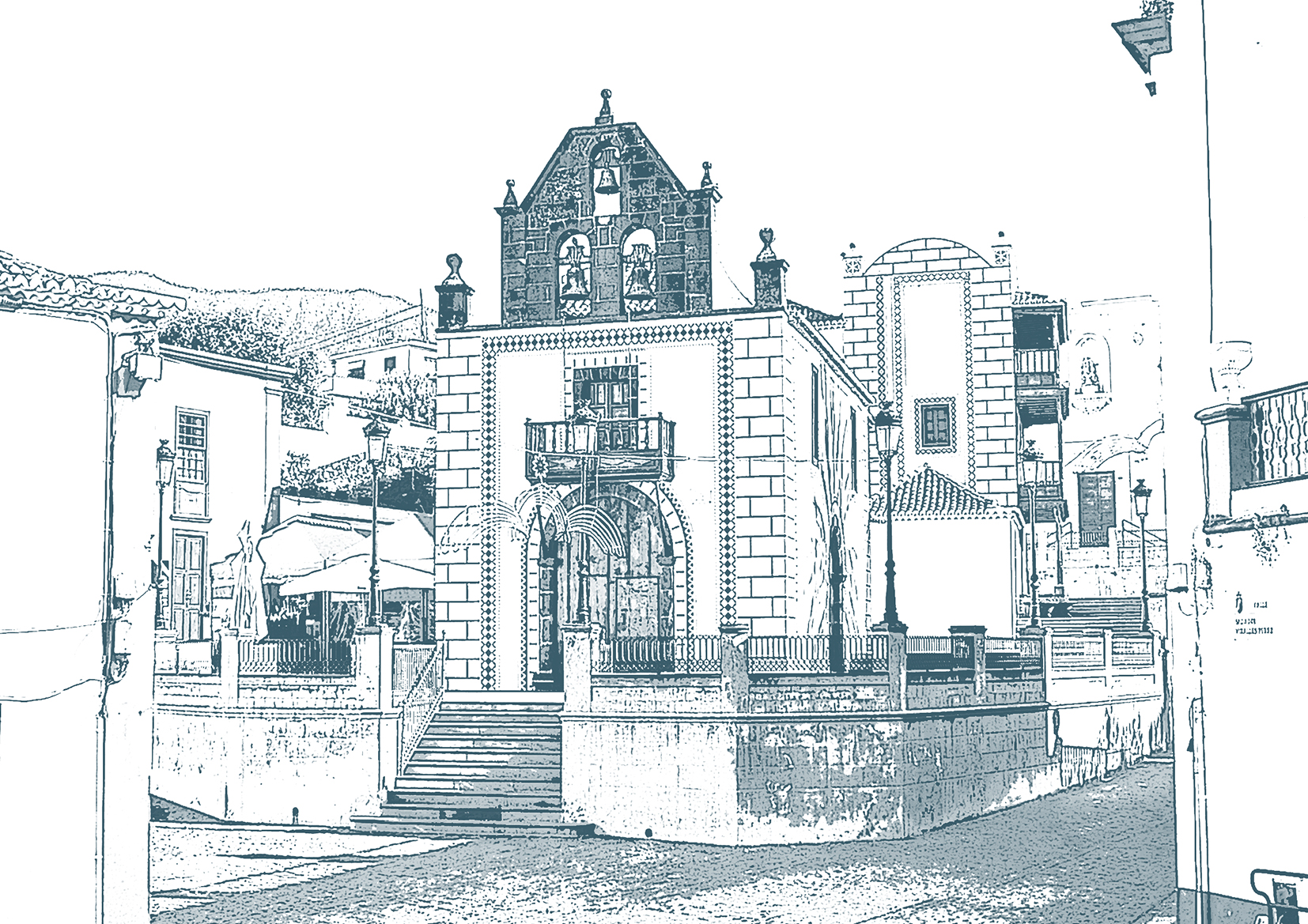In 1736, Georg Christian Schemelli, a church musician active in the Saxon town of Zeitz, near Leipzig, published his Musicalisches Gesang-Buch in the capital. This book compiled 954 devotional song texts, 69 of which included musical notation for a soprano vocal line with continuo accompaniment.
Schemelli had trained as a choirboy at the Thomasschule in Leipzig under Johann Schelle, the predecessor of Johann Kuhnau, who was in turn succeeded by Johann Sebastian Bach. By the time Schemelli published his collection in 1736, Bach had already spent thirteen years as Cantor of St. Thomas. Between 1733 and 1735, one of Schemelli’s sons, Christian, had been a student under Bach, making it unsurprising that the Leipzig Cantor and the editor knew each other. Research has shown that Bach collaborated with Schemelli on the publication in various ways.
Some of the strophic arias included in the Gesang-Buch appear to be entirely composed by Bach himself, such as the deeply moving Komm, süßer Tod (Come, Sweet Death). In many other cases, Bach likely took pre-existing chorale melodies, modifying or adapting them while providing an elaborated, intricately structured continuo—a hallmark of his style.
Under the title Geistliche Lieder und Arien (Sacred Songs and Arias), we have assembled a selection of Schemelli’s published works, including:
- O Jesulein süß, o Jesulein mild (Oh, Sweet Little Jesus)
- Die bittre Leidenszeit beginnet abermal (The Bitter Passion Begins Again)
- Komm, süßer Tod (Come, Sweet Death)
- Beschränkt, ihr Weisen dieser Welt (Restrain Yourselves, Sages of This World)
- Mein Jesu! Was vor Seelenweh (My Jesus! What Anguish of the Soul)
Alongside these, we have included a piece collected by Anna Magdalena Bach in her Notenbüchlein (Notebook), begun in 1725:
Wie wohl ist mir, o Freund der Seelen (How Happy Am I, Oh Friend of Souls)
Additionally, the program features two great arias drawn from Bach’s cantatas:
Schlummert ein (Slumber Now, Weary Eyes), preceded by the recitative Ich habe genug (I Have Enough), which Anna Magdalena also transcribed in her Notenbüchlein. This piece originated from Cantata BWV 82, first performed by Bach in Leipzig in 1727 in its original bass solo version, later transcribed for soprano in 1731.
Höchster, mache deine Güte (O Most High, Renew Your Goodness Each Morning), an aria with continuo from Cantata BWV 51.
Program Notes (Continuation)
The program is completed with several keyboard compositions, including five instrumental versions of well-known chorales:
- O Lamm Gottes, unschuldig (Oh, Innocent Lamb of God)
- Jesus, meine Zuversicht (Jesus, My Confidence)
- Vater unser im Himmelreich (Our Father in Heaven)
- Jesu, meine Freude (Jesus, My Joy)
- Wer nur den lieben Gott lässt walten (Whoever Lets the Beloved God Reign)
Additionally, two purely instrumental works, without textual references, will be performed:
- Fantasia BWV 570 for manualiter organ
- Prelude and Fugue BWV 871 from the second book of Das Wohltemperierte Klavier (compiled in 1744)
All the selected texts reflect a contemplative spirituality, closely related to Pietism, or perhaps, in some cases, directly influenced by this Lutheran reform movement, which was at times considered heterodox.
Pietism emphasized a personal and home-centered religiosity, focusing on direct Bible study rather than public worship, with the aim of deepening individual religious experience.
From what is known about Bach’s personal library, which contained an extensive collection of theological literature, he appears to have been deeply engaged in biblical study and exegesis within the orthodox framework of the Lutheran Reformation.
A program like today’s offers insight into devotional and musical practices that were deeply intertwined—perhaps performed in the daily life of the Bach family, in an intimate, home-like setting, far from large-scale worship gatherings or liturgical spectacles.
Luis Antonio González
IMF-CSIC
Wie wohl ist mir, o Freund der Seelen BWV 517
O Lamm Gottes, unschuldig BWV 1085b
O Jesulein süβ, o Jesulein mild BWV 493
Die bittre Leidenszeit beginnet abermal BWV 450
Präludium und Fuge BWV 871
Komm, süβer Tod BWV 478
Jesus, meine Zuversicht BWV 728
Ich habe genug / Schlummert ein BWV 82a
Fantasia BWV 570
Beschänkt, ihr Weisen dieser Welt BWV 443
Vater unser im Himmelreich BWV 737
Jesu meine Freude BWV 753
Mein Jesu! Was vor Seelenweh BWV 487
Wer nur den lieben Gott lässt walten BWV 691-690
Höchster, mache deine Güte BWV 51/3
